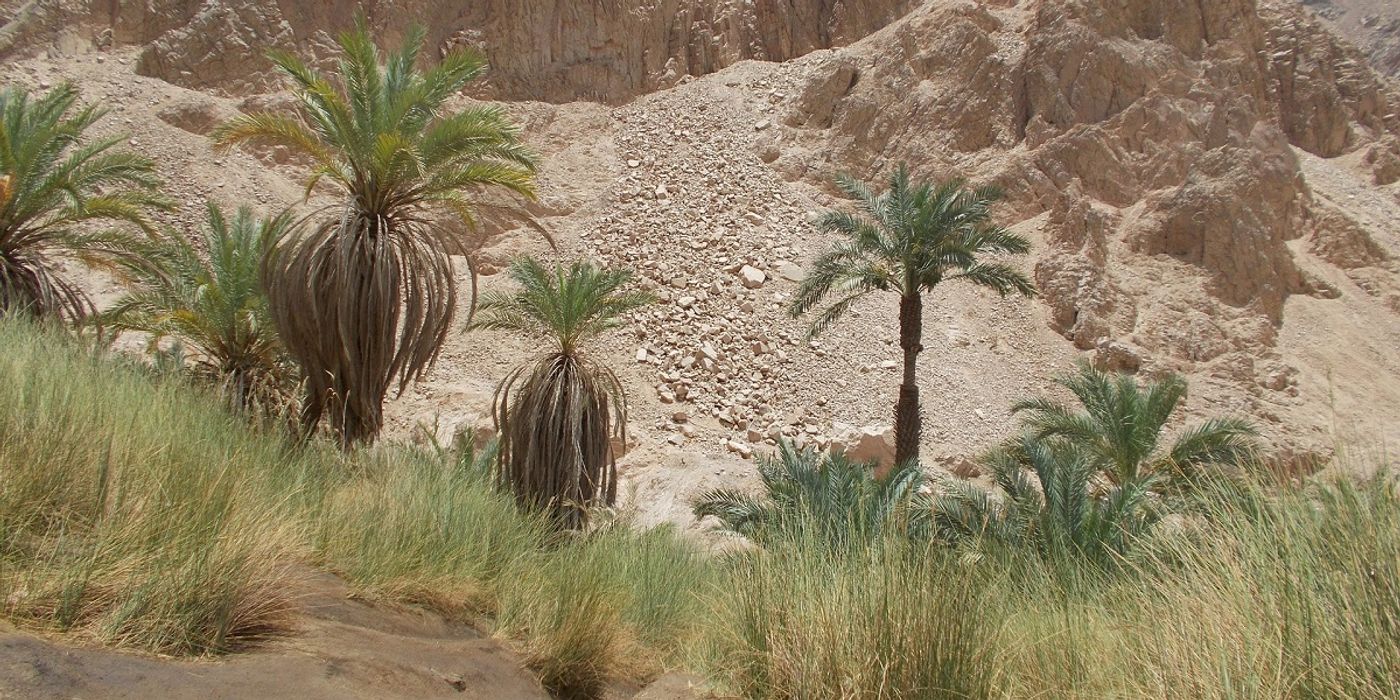Ancient Egyptian Bees in Danger
Honeybees have a long history in Egypt. Ancient Egyptians harvested honey from wild bees thousands of years ago, and bees were used as a symbol of royal or high-ranking status. Honey and beeswax were used for many different applications: makeup ingredients, food additives, medicine and wound dressing, as payment for taxes, and as an essential component for mummification. Ancient Egyptians even constructed movable hives, so that bees could pollinate crops at different times and be moved as the Nile rose and fell. They even built special rafts for moving the hives up and down the river. This practice of pollinating along the river continues to this day.
However, the bees used for this practice now are not all the same bees that Ancient Egyptians would have used. Those “pharaonic” honeybees have been in decline for a long time, and they only seem to exist in one place now, the Wadi Al-Assiut protectorate.
The Wadi Al-Assiut protectorate is a nature preserve about 50 kilometers away from the city of Assiut, Egypt. It was created in 1989 and covers around 8,000 acres. It contains a large valley that was once a river. Many different plants and animals use the preserve, and some are only found there, like the pharaonic bees.
There are 200 hives of bee breeds at the reserve, some with ties to the ancient bees kept by ancient Egyptians. These bees are highly sought after for research into the medicinal effects of their honey. However, it is becoming more difficult to continue to multiply the line of bees at the protectorate, as it does not get the support it needs from tourists or the government. The well at the reserve stopped working, and though they planted many Ziziphus spina-christi trees for the bees to feed on, many of the plants in the reserve need additional water in the arid climate. Without a functioning well, there might not be enough water to continue to support the reserve. As of now, they receive water in tanker trucks, but more stable water resources are needed to ensure the continuation of ancient pharaonic bees.
Sources: Al Monitor, Ask Aladdin, Planet Bee, Agricultural Museums









